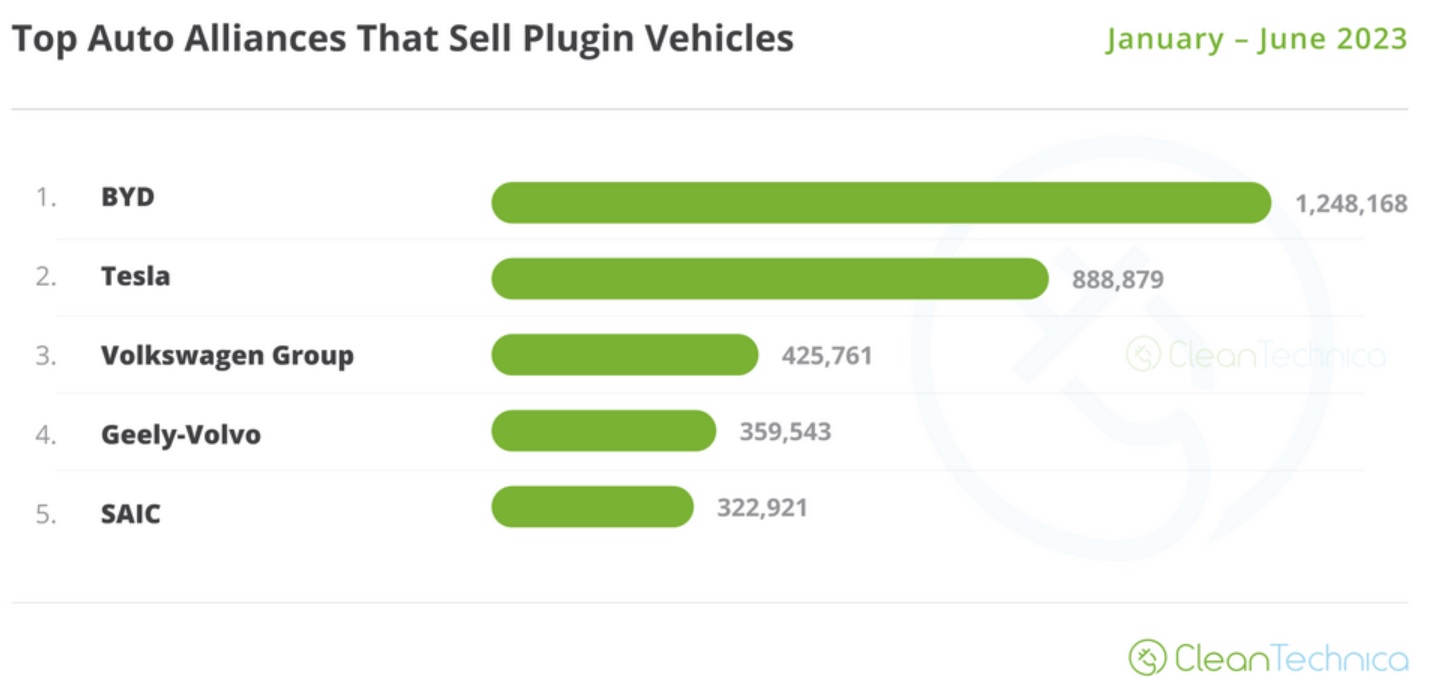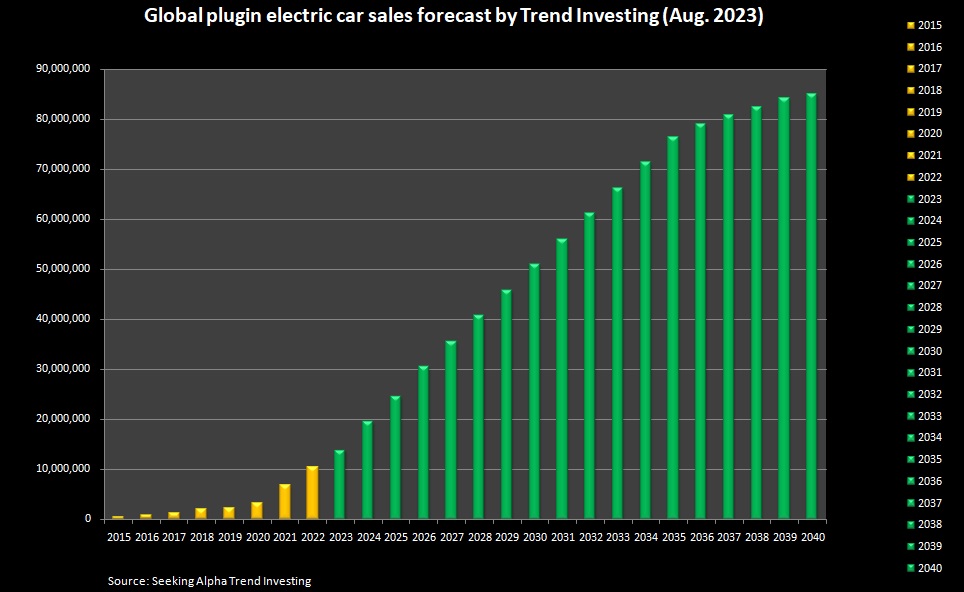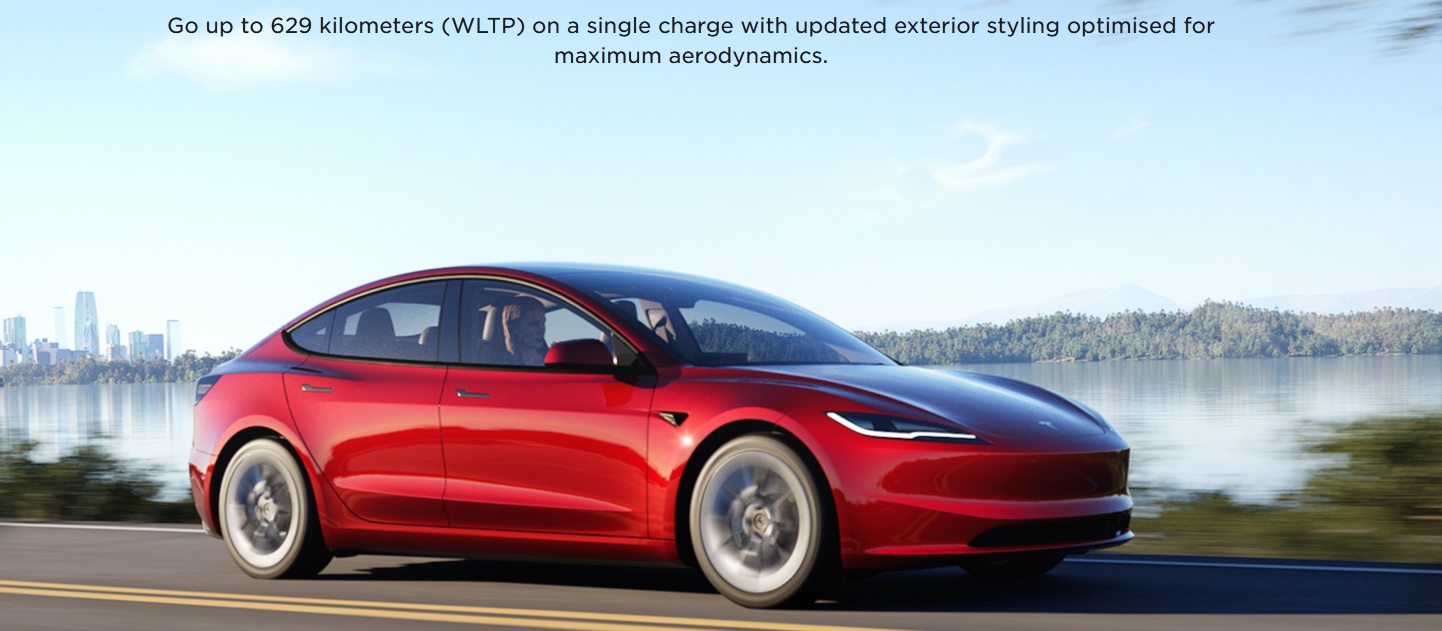… and why Elon Musk is wrong.
There isn’t enough lithium mined, and there can never be enough lithium mined and processed into end-user forms economically, to replace the use of fossil-fueled internal combustion engines in the powertrain systems of the current one and one-half billion personal and mass transportation vehicles with electric motors powered by rechargeable lithium-ion type storage batteries.
I think that most of the managers of the global OEM automotive, aerospace, and shipbuilding industries know this, but they are powerless in the face of the demands of politicians who have given in to the greens who are unaware of the limitations of physical natural resource production and processing for non fuel minerals, and who rely on the advice of narrowly and poorly educated and just plain dumb “experts” who have credentials but no experience of business operations, real-world economics or even rudimentary geology. The more often these experts repeat such mantras as “settled science” (to prove that climate change is caused by or can be remedied by human activity) or proclaim the unlimited resources of “earth abundant minerals” (to prove that non-fuel natural resources are unlimited) the more destructive their ignorance impacts our cheap energy based (which they neither see nor understand) standard of living and quality of life.
In order to preserve their industry and their high paying jobs long enough until they can safely retire, the current top managers of the global OEM automotive industry have accepted the economic power and poison of the green energy “transition” in making their decisions rather than the free marketplace.
It is typically stated that a modern internal combustion engine powered vehicle has over 6,000 components and that an EV, an electric powered vehicle, is “much” simpler. In fact, the much simpler vehicle still has some 4,000 parts.
Henry Ford pioneered the vertical integration of his eponymous car company in the teens of the last century to avoid being controlled by the natural resource “trusts” (monopolies) of his time. By the early 1920’s the Ford Motor Company manufactured internally all of its necessary component parts except for tires (Ford was a personal and lifelong friend of Harvey Firestone) and produced all of its own needs for electricity.
As the decline of the auto-industrial age proceeded after the oil price shocks of the 1970s the OEMs shed their then advanced vertical integration (almost always in order to raise money to cover losses and declining margins) and adopted just-in-time delivery of necessary parts from the then reborn and expanding external supply base. Rising American labor costs in the 1980s created a mass exodus of OEM automotive suppliers to Mexico and Asia. Shortly thereafter that Asian vehicle makers entered the US markets and rapidly learned enough to destroy the postwar global dominance of the OEM American car industry. Chrysler needed rescuing first, then GM. Ford survived the downsizing better than the others, but like them had to withdraw from the global markets of the heyday of the globalization of the pre-war (WW2) era.
Now, in 2022, the OEM American car and truck assemblers – for that is the correct term for a company that imports all of its components and assembles them into a vehicle – are being told that they must reduce and eliminate the use of imported components and find or develop domestic or friendly nation sources to redevelop domestic vertically integrated manufacturing.
At the same time, they are being told by the government that they must convert all power trains to electric drive fueled by rechargeable storage batteries.
The answer, of course, is to rebuild domestic factories to once again produce the 4000 components per vehicle they will need for EVs. There will be components which are common to both fossil-fueled and electric powertrains and vehicles, but such electromechanical marvels as modern multi-speed transmissions as well as efficient gasoline and diesel fueled internal combustion engines will cease to receive attention and the skills to build them will wither away.
The key component to be researched and manufactured domestically now has become the lithium-ion battery to be used to power the battery electric vehicles to be built. No such mass production industry for this type of component has ever been successfully built or operated by a domestic American company. The supply chain for manufacturing lithium ion batteries for vehicle powertrains does not exist today in the USA.
Let me explain how the contemporary (legacy) global OEM automotive industry finds and chooses among its parts suppliers, so you can understand the dilemma that the contemporary geopolitics of globalization has caused, in particular, in the United States and Europe.
The outside OEM automotive suppliers, of course, must have experience in building and successfully selling the components for the same or same type of use. This is not taken for granted just because of the size or reputation of the seller. All production parts accepted for use by the domestic American OEM automotive industry must undergo the PPAP (production part approval process) and the suppliers must pass a financial due diligence.
PPAP involves real time passing of the test of operating under real-world conditions for at least three years in general and for the life of the part’s warranty. For a lithium-ion powertrain battery, this means today’s operation with no more than the stated degradation of capacity for up to 8 years.
Upon passing the PPAP, the due diligence requires that the component meet the following requirements:
- On-time delivery, to specification, in the volumes agreed, and at the agreed price,
- Just-in-time delivery to agreed locations, no matter the weather conditions,
- All parts must meet agreed customer specifications within a narrow quality range, and
- Prices are agreed for the life of a vehicle model
It has been the practice of the OEM automotive industry to make the direct supplier of the component or subassembly, the Tier One supplier, responsible for the all of its (sub) suppliers to meet their PPAP requirements, even if it is the assembler who PPAPs the mechanical and electrical quality of the sub-tier supplier.
Very recently, for the first time in 25 years, the OEM domestic American automotive assemblers have begun to look at the entire supply chains for critical (without them the vehicle cannot be sold) components.
In the last year, General Motors and Ford have announced “agreements” with domestic, non producing, semi-finished raw material suppliers, of lithium and the rare earths, to provide them with raw materials (lithium) and critical component parts (rare earth permanent magnets), which the companies will somehow get processed into the forms necessary to produce rechargeable storage batteries and electric motors from a currently non-existent domestic American manufacturing base.
Tens of billions of dollars have already been allocated by the domestic American OEM automotive industry to build 7 battery “gigafactories” and several EV platform ( the battery plus the electric motor) factories. Among the domestic OEM assemblers nearly 100 billion dollars has also been allocated to the construction of dedicated and multi-functional BEV plants.
The OEM automotive assemblers have bet the farm that they can become domestic vertically integrated manufacturers of battery powered electric cars and trucks.
Yet, as of today, not one gram of ESG lithium or rare earths is produced in the United States or Canada.
Look at the following chart:

This chart from the IEAE tells you that there is no possibility of producing enough lithium to manufacture the batteries that would be required by the currently planned demand after this year.
I think that the ignorance, by politicians and journalists, of the steps universally and necessarily required in the operations of any and all global original equipment manufacturing business is due to intellectual laziness, intelligence limitations and the rapidly declining coverage and quality of American “education” at all levels. The attempt to eliminate selection by merit, rather than expand it, and replace it with superficial characteristics as the criteria for education has rapidly eroded the ability to select those best qualified for specialized education and training and given over world leadership in science and engineering to Asian nations.
I repeat that the success of a transformation of the fuel for vehicular transportation from liquid fossil fuels to electricity stored on board in rechargeable batteries depends entirely on the supply of the element lithium.
And that energy and resource illiteracy and innumeracy among our managerial and credentialed classes are the only reason that the domestic American OEM automotive assembly industry has blindly bet the farm on a green fetish pursued by some of the dumbest (or most corrupt, or both) politicians in the history of our Republic.
The BEV revolution will not engender a second Auto-Industrial age in America. It will, in fact, end the dominance of that industry, and ensure that BEVs survive only as luxury vehicles to be driven between enclaves with charging facilities.
Elon Musk tweeted two weeks ago that Tesla may have to get into the lithium mining business. He said that although there is lithium everywhere and lots of it, the mining industry is very slow to bring it to market.
Elon Musk is a brilliant businessman and an even more brilliant financier, but he is a mineral economics moron.
I invite readers to please challenge my assumptions and conclusions with data, logic, experience, and educationally based counterarguments.




